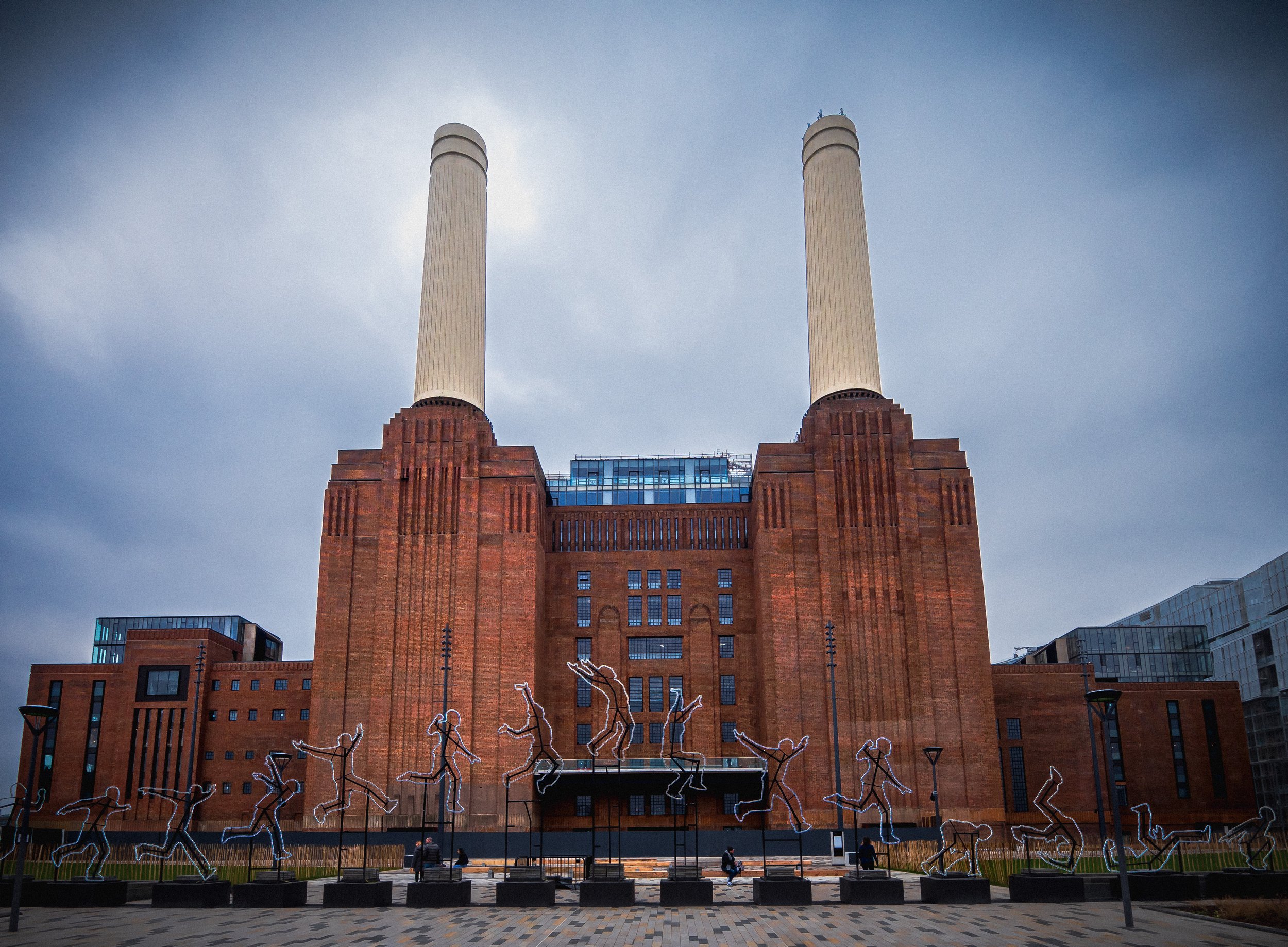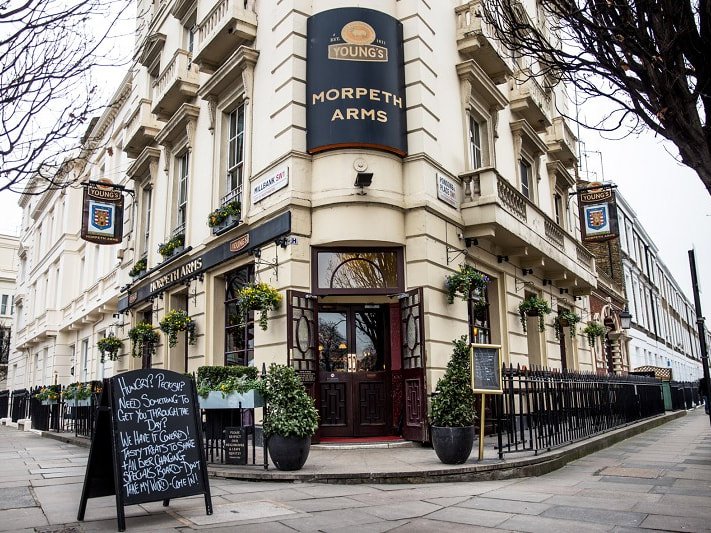
BOROUGH’S BEST BITES: SANDWICHES
Discover Borough Market’s culinary gems: from oozy cheese toasties to mouthwatering pulled pork sandwiches, savour the essence of Borough Market’s greatest offerings.

BATTERSEA POWER STATION: WHERE HISTORY MEETS INNOVATION
After almost 40 years of inactivity and multiple failed redevelopment initiatives, the Battersea Power Station is back and better than ever!

PLACES WHERE YOU CAN EAT AND DRINK LIKE WINSTON CHURCHILL
Explore London’s historic charm through its iconic eateries and pubs once frequented by the one and only Winston Churchill.

WHILE YOU’RE THERE, VISIT GREENWICH
Check out some of the top things to see in do in Greenwich, an underrated London borough.

HISTORIC SPY BARS IN LONDON
Put your self in the shoes of an MI6 agent through some of the best spy bars in London.
